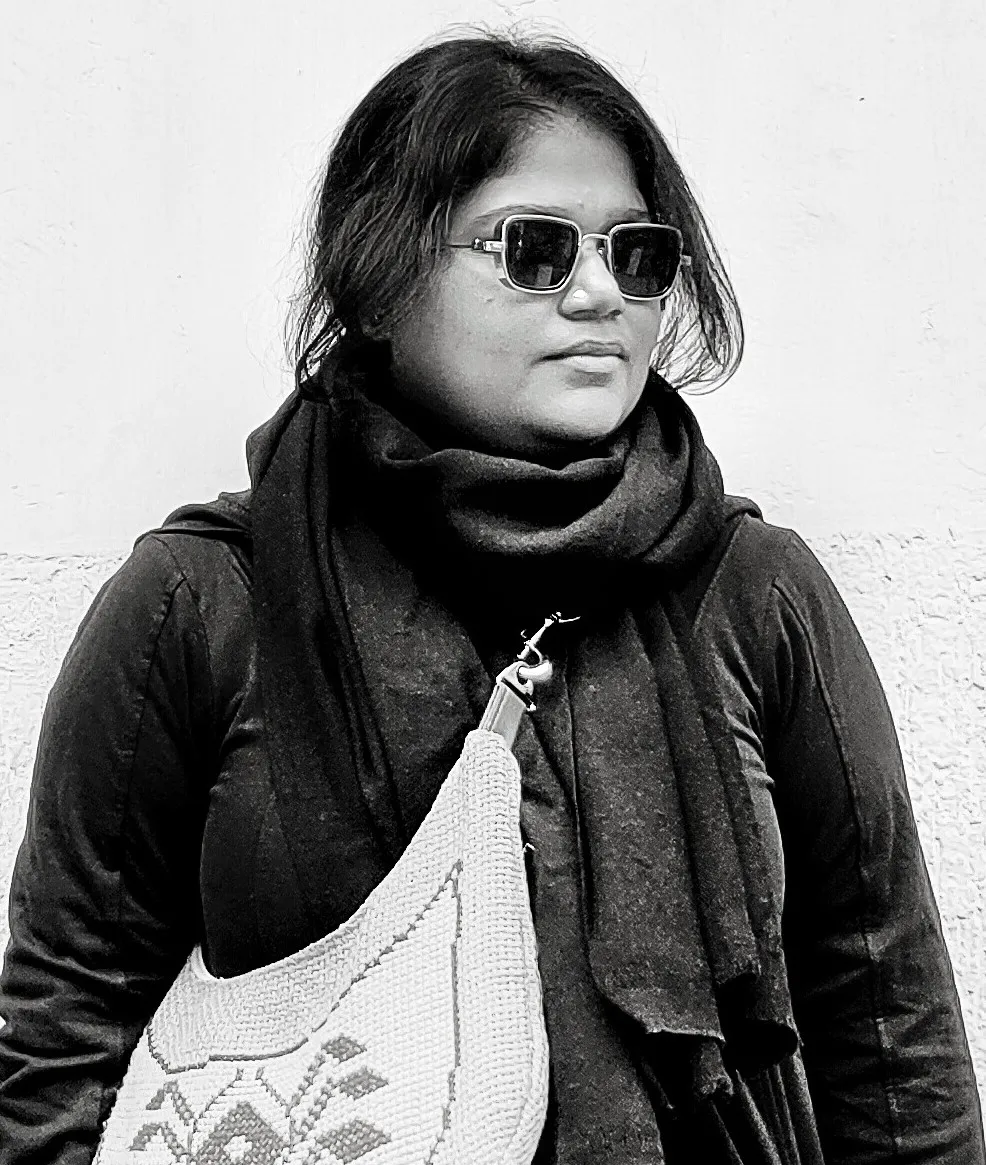Works from the show.
Videos
No Videos Available!!!
Artists who participating in this event

Anjolie Ela Menon

Anupam Sud

Avani Rai

Bhuri Bai

Bindi Sheth

Dinar Sultana

Ekta Singha

Gogi Saroj Pal

Gopa Trivedi

Jayashree Chakravarty

Kushala Vora

Lado Bai

Lalita Lajmi

Madhvi Parekh

Manisha Parekh

Mansi Trivedi

Meera Mukherjee

Meghna Singh Patpatia

Nahid Merchant

Naina Dalal

Nalini Malani

Nandita Mukand

Paula Sengupta

Pooja Iranna

Prafulla Dahanukar

Pranati Panda

Promiti Hossain

Rakhi Peswani

Santosh Jain

Shanthamani Muddaiah

Shobha Broota

Sojwal Samant

Sumana Som

Tarunima Sen

Teja Gavankar

Zahra Yazdani

Zarina Hashmi















